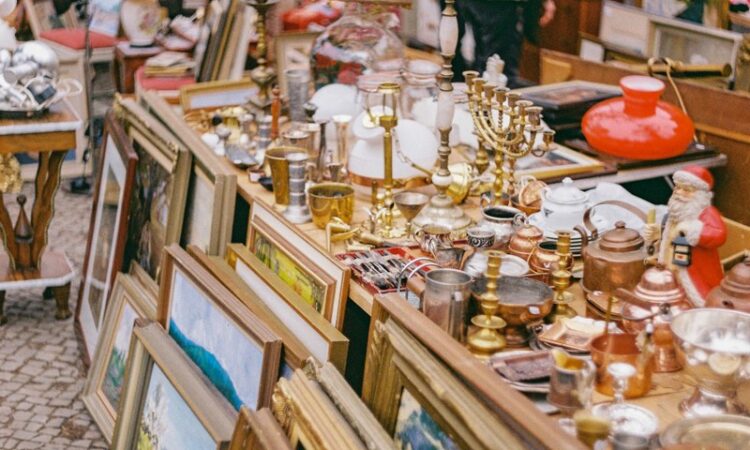
We need fibres, minerals, energy, water, and other resources to produce almost all the goods and services we consume. In the EU, we are consuming far more than we should and not reusing or recycling nearly as much as is needed for a sustainable future.
Instead of consuming products made for fast and single-use and made from new non-recycled materials and then throwing them away, we should embrace circular economic systems that turn waste into value.
Moving to a circular economy means moving away from linear production and consumption models, where things are used for a short time and thrown away after use, toward a more circular process. Circularity can include practices like refurbishing, repurposing, re-distributing and other strategies that extend the lifetime of products.
Circular models allow products and materials to be used longer and made into new products after use. That means less waste and less environmental impact. To ease the transition, the European Commission’s Circular Economy Action Plan offers an overall framework for initiatives that foster a circular model, including better-designed and more sustainable products.
In recent years, there has been some progress towards circularity. For example, Europe has increased its recycling rates and promoted sharing economy models like car sharing. Overall, to achieve a truly circular economy we must decrease our need for new raw materials in everything that we produce and consume. And without a circular economy, Europe cannot achieve sustainability.






